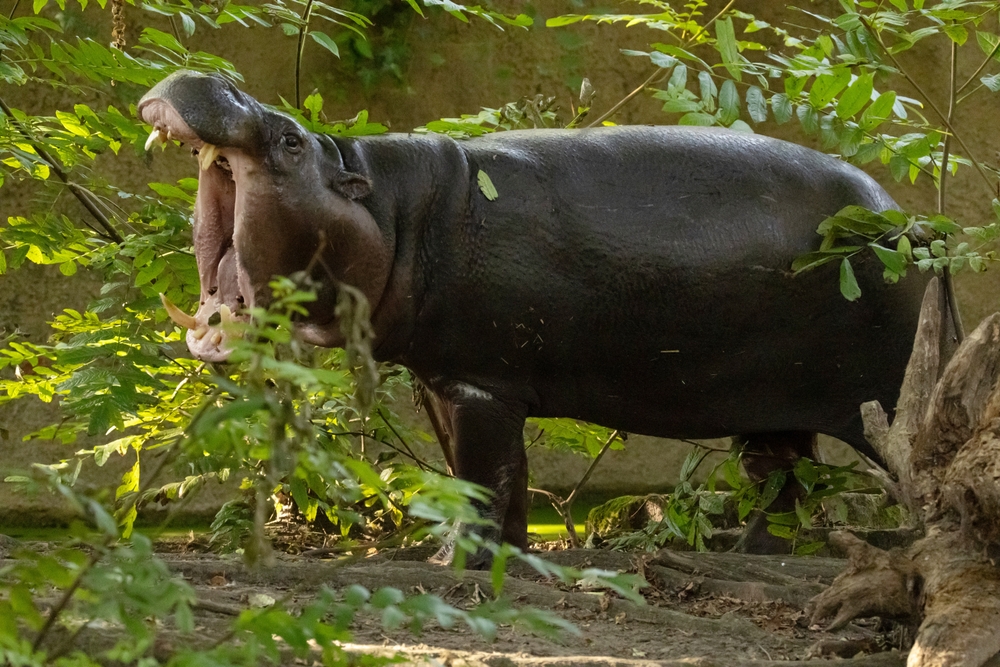Lofa-Mano Overview
Lofa-Mano National Park, locally known as “Gola Forest Liberia,” is situated in the northwestern region of Liberia, bordering Sierra Leone. The park forms part of the larger Gola Forest Transboundary Peace Park, which unites conservation efforts across the two nations. Encompassing a vast area of pristine rainforest, Lofa-Mano is celebrated for its ecological significance, hosting some of the most diverse and endangered species in West Africa. For local communities, the park is not only a source of biodiversity but also a site of cultural and spiritual connection, deeply rooted in traditional beliefs and practices.
The park’s terrain is a mosaic of lowland rainforest, rolling hills, and winding rivers that carve through the dense forest. Its vegetation is dominated by towering tropical trees, including mahogany, iroko, and silk cotton, creating a lush canopy that shelters an understory rich in ferns, shrubs, and climbing plants. This diverse ecosystem supports a microclimate that fosters the survival of its unique species, making it one of the most vital biodiversity hotspots in Liberia.
Lofa-Mano National Park is home to an extraordinary array of wildlife, including some of the world’s most endangered species. Western chimpanzees, pygmy hippos, and forest elephants are among its flagship inhabitants. Other notable species include the elusive leopards, red colobus monkeys, and a variety of pangolins. The park is also a birdwatcher’s paradise, boasting over 300 species of birds, including rare finds like the white-necked picathartes and the Gola malimbe. The park’s rivers are equally biodiverse, harboring fish species and aquatic reptiles that contribute to its ecological richness.
Visitors to Lofa-Mano National Park can engage with its natural beauty through guided treks along forest trails, birdwatching tours, and cultural exchanges with nearby communities. The serenity of the park and its unspoiled landscapes offer an unmatched retreat for eco-tourists and researchers. Community-based tourism initiatives also allow visitors to experience local traditions and learn about the sustainable practices employed to protect the forest.
However, Lofa-Mano faces significant conservation challenges, including illegal logging, poaching, and encroachment for agriculture. Climate change further exacerbates these threats, impacting the delicate balance of its ecosystems. Conservation efforts led by the Gola Forest Program, in collaboration with local and international stakeholders, focus on habitat restoration, anti-poaching measures, and environmental education. These initiatives not only protect the park’s biodiversity but also provide alternative livelihoods for surrounding communities, fostering a sense of shared responsibility.
Lofa-Mano National Park stands as a symbol of resilience and collaboration, showcasing the harmony between conservation and community. Its breathtaking landscapes, unparalleled biodiversity, and cultural significance make it a vital natural heritage for Liberia and the world. By protecting this rainforest, Liberia contributes to global conservation efforts, ensuring the survival of its treasures for future generations while promoting sustainable development and peace in the region.












































































